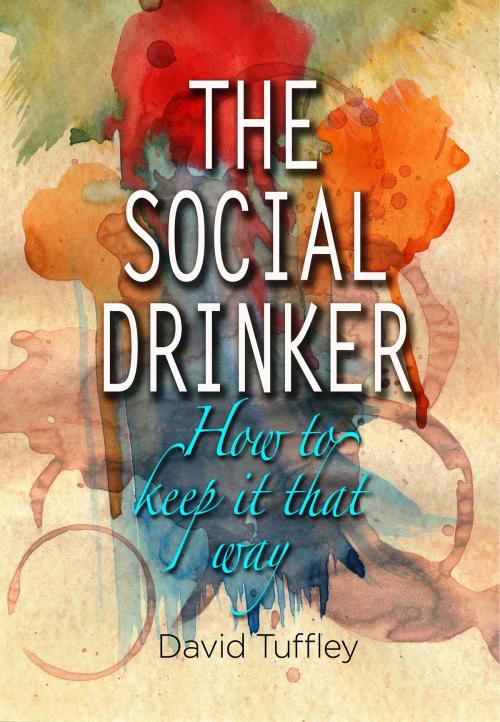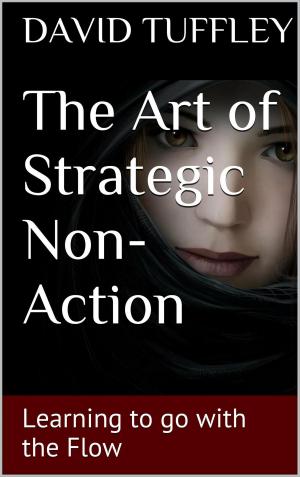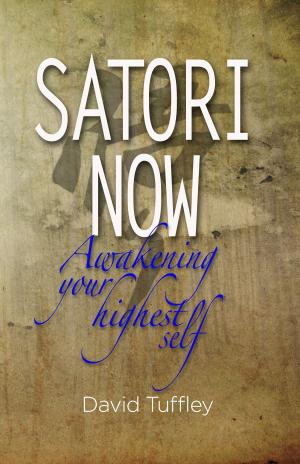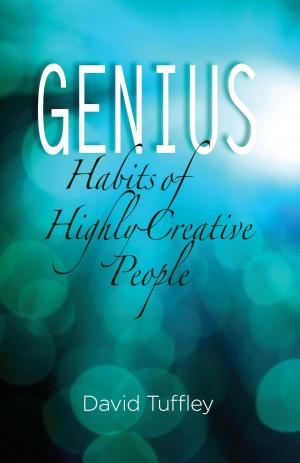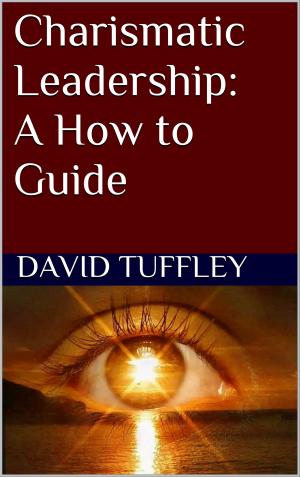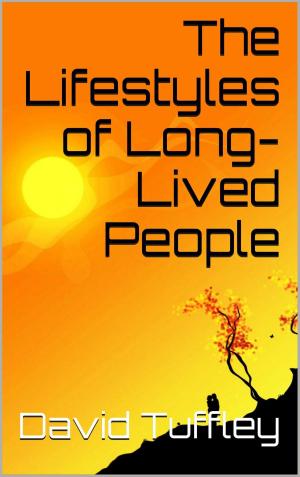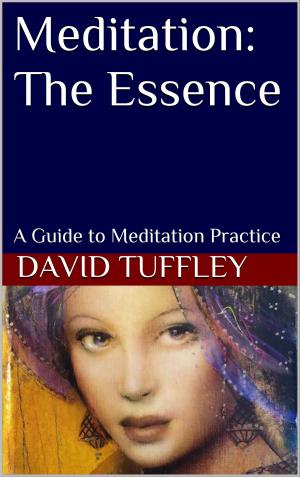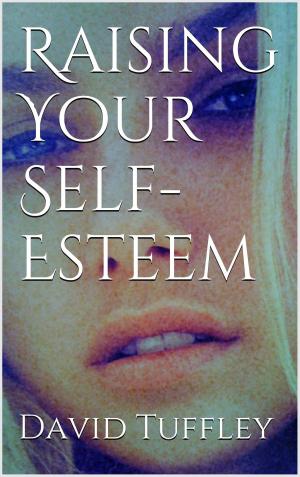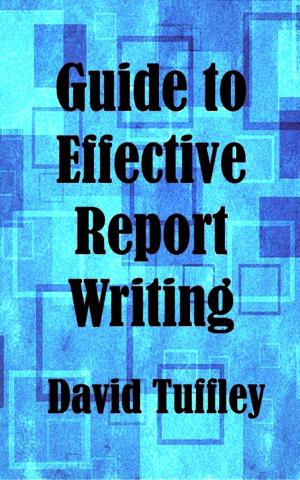| Author: | David Tuffley | ISBN: | 9781301156726 |
| Publisher: | Altiora Publications | Publication: | June 20, 2013 |
| Imprint: | Smashwords Edition | Language: | English |
| Author: | David Tuffley |
| ISBN: | 9781301156726 |
| Publisher: | Altiora Publications |
| Publication: | June 20, 2013 |
| Imprint: | Smashwords Edition |
| Language: | English |
Do you enjoy a drink or two in the company of others, or does it go beyond that? Where do you draw the line between what is good for you and what might be doing you harm? It is not always easy to know.
As a general guide, if you can stop after a couple of drinks, then you don't have a problem. But if you have difficulty stopping, when one drink is too many and twenty is not enough, then yes, maybe your drinking has moved into the red zone. This book shows you how to stay in the green zone by giving you strategies to limit consumption and advice on how to live life the fullest.
Not everyone who drinks heavily is an alcoholic. Alcoholism, like dependence on any drug, has five clear characteristics; preoccupation with acquisition, compulsive use, narrowing of interests, denial, and relapse.
If alcohol was all good, or all bad, it would be easy. We could simply declare it so. We all know water is good for you and you should drink plenty of it for good health. Likewise we know that cyanide will kill you stone dead in moments. No ambiguity with these substances.
But it is more complicated with alcohol. In small amounts, it is not harmful; it can even be good for you. And because it feels good, it is easy to want more, and then some more.
Long before you stop feeling like having more, a line is being crossed between what is doing you good and what is harming you. If we stopped wanting more when we actually cross that line, there would not be a problem.
Do you enjoy a drink or two in the company of others, or does it go beyond that? Where do you draw the line between what is good for you and what might be doing you harm? It is not always easy to know.
As a general guide, if you can stop after a couple of drinks, then you don't have a problem. But if you have difficulty stopping, when one drink is too many and twenty is not enough, then yes, maybe your drinking has moved into the red zone. This book shows you how to stay in the green zone by giving you strategies to limit consumption and advice on how to live life the fullest.
Not everyone who drinks heavily is an alcoholic. Alcoholism, like dependence on any drug, has five clear characteristics; preoccupation with acquisition, compulsive use, narrowing of interests, denial, and relapse.
If alcohol was all good, or all bad, it would be easy. We could simply declare it so. We all know water is good for you and you should drink plenty of it for good health. Likewise we know that cyanide will kill you stone dead in moments. No ambiguity with these substances.
But it is more complicated with alcohol. In small amounts, it is not harmful; it can even be good for you. And because it feels good, it is easy to want more, and then some more.
Long before you stop feeling like having more, a line is being crossed between what is doing you good and what is harming you. If we stopped wanting more when we actually cross that line, there would not be a problem.
